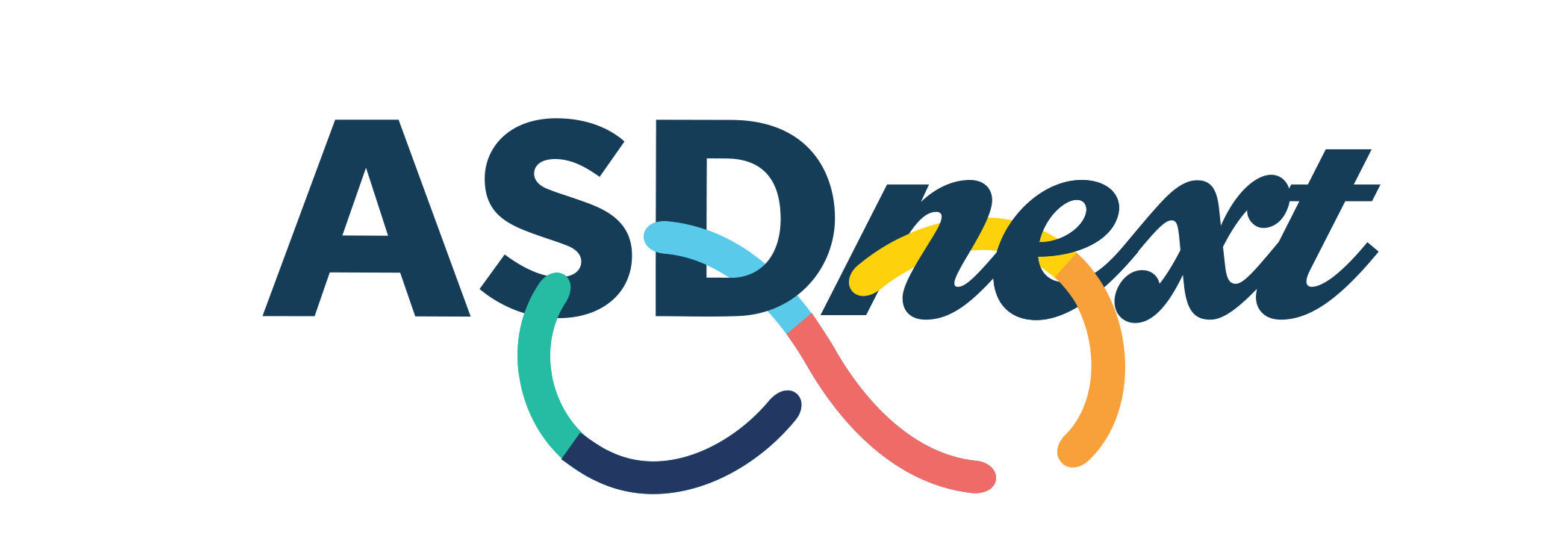Positive Approaches Journal, Volume 9, Issue 2
Positive Approaches Journal | 5-6

Volume 9 ► Issue 2 ► 2020
Introduction
Communication can be defined as the successful exchange of a message between two or more people. But isn’t communication so much more than this shared message? It’s how we develop relationships and build trust, and how we advocate for ourselves; it’s our connection to others. Communication is a huge part of our everyday life. Although communicating may sound like a simple concept, communication, especially effective communication, is quite complex. It entails many aspects of a multifaceted process that is embedded in everything we do as individuals and is part of a social structure. To complicate it even more, each person communicates differently. Yet we know everyone communicates and despite how they communicate, they want and need their message to be received.
For instance, as an individual with Autism Spectrum Disorder (ASD), I tend to think of things quite literally. When my roommate asked if there were dishes in the sink, I looked and saw a spoon and a pot. To me, at that moment, that did not register as ‘dishes’ – it registered as a spoon and a pot. I think and process information literally. My roommate, who is not on the spectrum, thought she was being clear when she asked her question. However, when she came down the next day and saw the spoon and pot in the sink, she was not happy. Despite both of us having strong verbal communication skills, there was still a breakdown in communication.
Everyone communicates and has something to say, in one way or another, it is just a matter of how we learn to ‘listen’ to one another. At a foundational level, four aspects are needed for communication: a way to communicate, a reason to communicate, a topic to communicate about, and a communication partner to share the message through a common modality (Willis, 2020). In this issue, authors will touch on some of the many aspects of communication and provide some guidance on how to be both a better sender and receiver of communication.
— ODP’s Special Populations Unit and Hope Pesner



